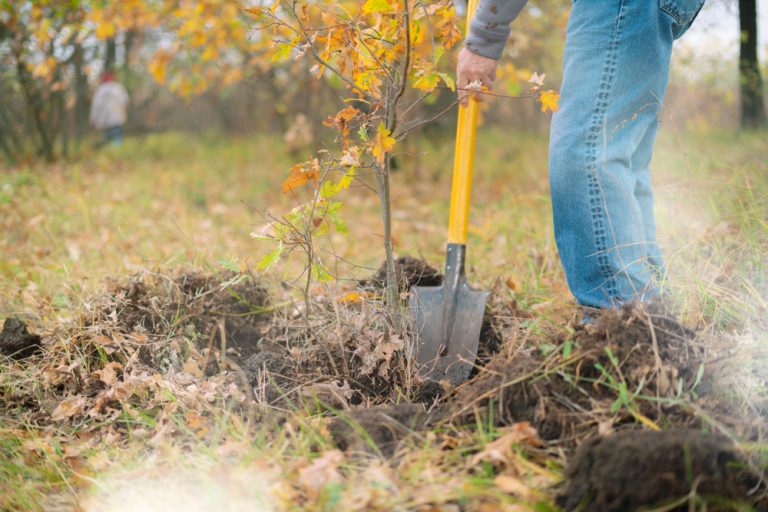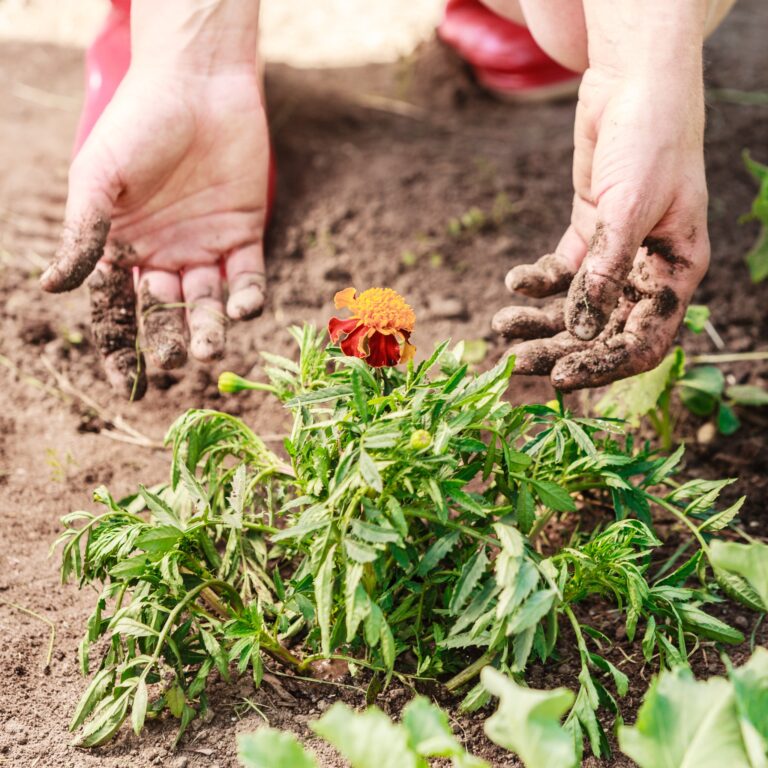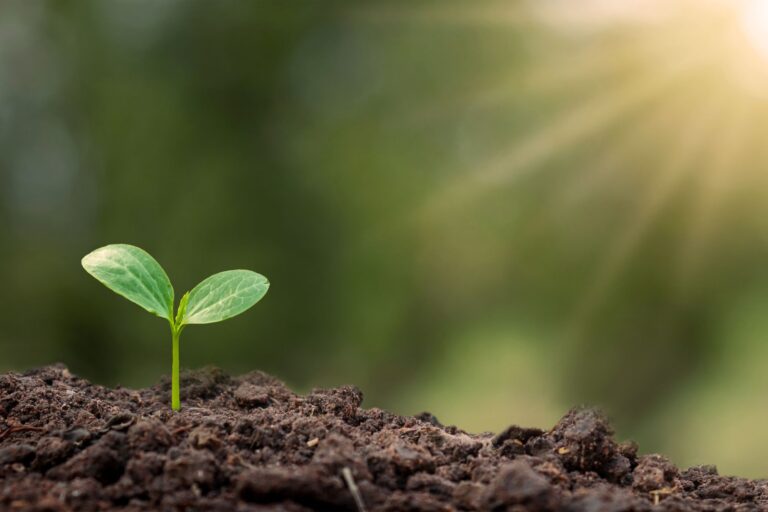Winter is here, and your garden looks more like a frozen tundra than a thriving paradise. You might feel stuck, thinking there’s nothing to do until the soil thaws and the sun returns. But the truth is, this is the perfect time to prepare, plan, and dream about the season ahead. A garden routine doesn’t…
No dig gardening
Why Lasagna Gardening is the Ultimate Hack for Lazy Gardeners
Lasagna gardening, also known as sheet composting, is a method that makes gardening easier, more efficient, and environmentally friendly. If you love the idea of a lush garden but dread the hard work, this technique is perfect for you. Lasagna gardening involves layering organic materials to create rich, fertile soil, eliminating the need for tilling,…
Discover the Magic of No Dig Gardening: The Ultimate Guide to Effortless Green Thumbs!
No dig gardening is a revolutionary approach to cultivating a thriving garden with minimal effort and maximum benefits. This method, also known as no-till gardening, focuses on building healthy soil without disturbing it. By embracing the principles of no dig gardening, you can enjoy a flourishing garden while saving time and energy. In this ultimate…


